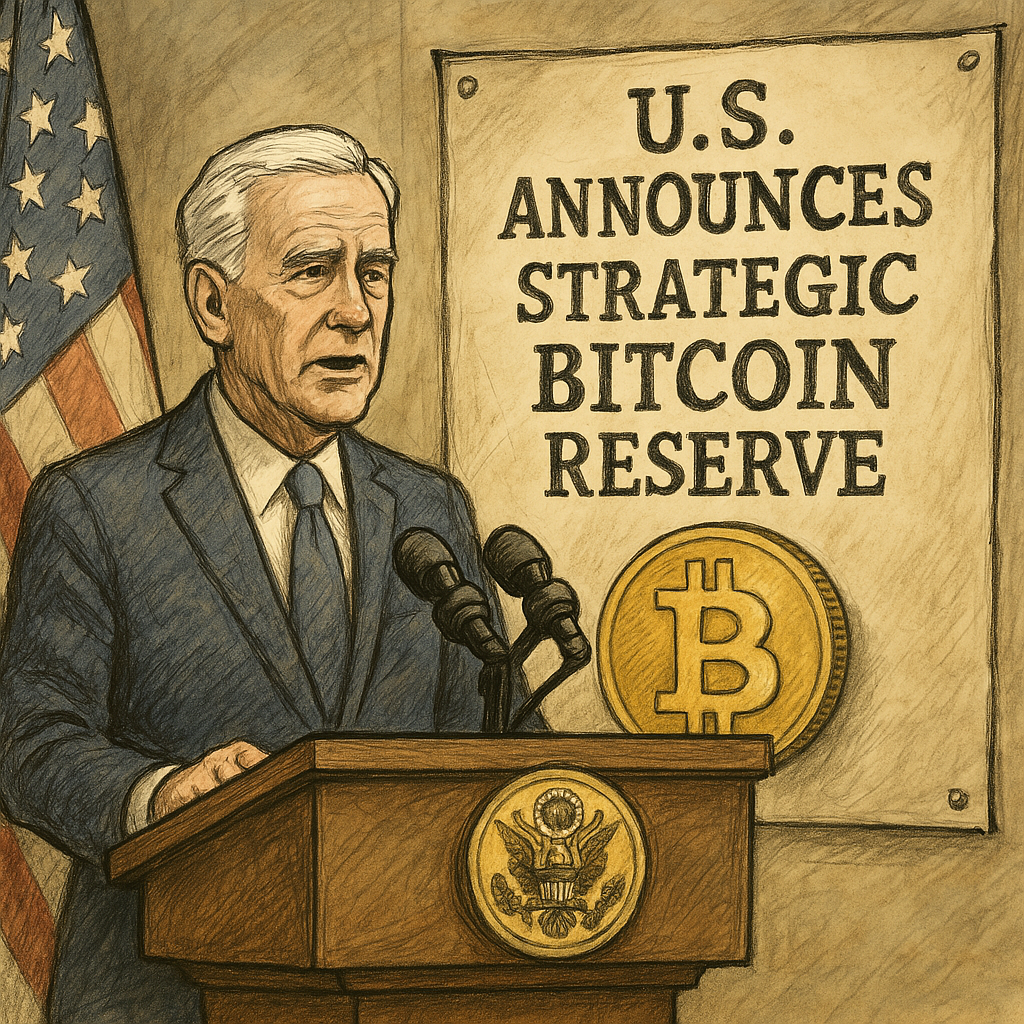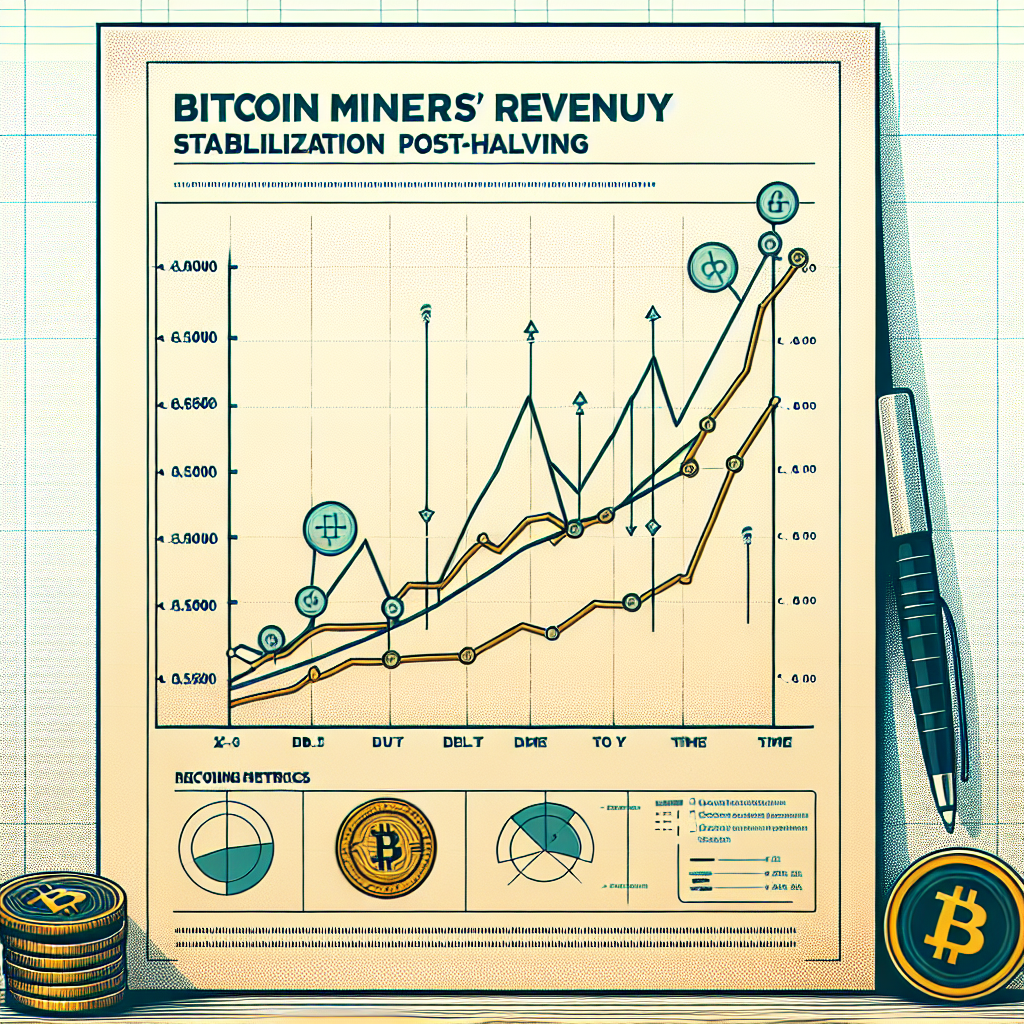
In a historic shift in monetary policy and digital asset strategy, the U.S. government has officially announced the formation of a Strategic Bitcoin Reserve. The initiative, led by President Donald Trump, repositions Bitcoin from a fringe asset to a core component of America’s national financial defense system.
What Is the Strategic Bitcoin Reserve?
The new reserve is part of a broader plan to integrate blockchain technology and digital assets into the U.S. fiscal framework. The reserve will be initially populated using Bitcoin previously seized through federal enforcement actions, including those by the IRS and Department of Justice.
Alongside Bitcoin, the reserve is also expected to include select altcoins such as Solana (SOL), Cardano (ADA), and XRP.
Why Now?
According to the administration, the move is meant to:
- Strengthen national economic security in the face of growing global digital finance adoption
- Ensure the U.S. retains leadership in blockchain innovation
- Use crypto as a strategic counterweight to state-backed digital currencies like China’s digital yuan
The Bigger Picture
This isn’t just about asset allocation—it’s a geopolitical message. The U.S. is entering the crypto era not as a skeptic, but as a stakeholder.
Analysts suggest that this could drive institutional confidence, attract foreign capital, and position the U.S. dollar-backed digital system as the default infrastructure for the global internet economy.
However, critics warn of unintended consequences: market manipulation concerns, moral hazard from state-level accumulation, and possible overreach into decentralized ecosystems.
Final Thoughts
This is no longer speculation—Bitcoin has entered the treasury.
The Strategic Bitcoin Reserve isn’t just about hodling. It’s a statement of power, of positioning, and of permanence.
Crypto isn’t shadow finance anymore. It’s now a sovereign asset.
And the world will have to adapt.



